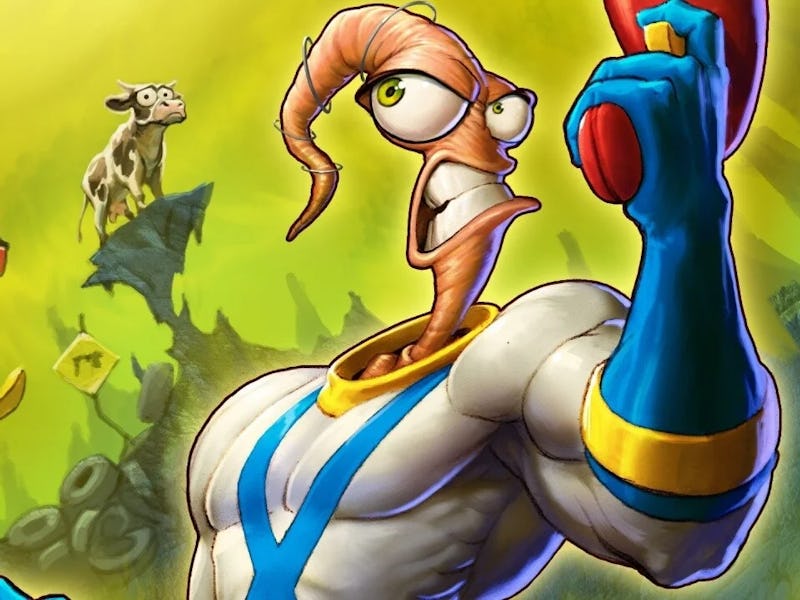27 years later, this irreverent platformer is a fascinating ‘90s time capsule
Make it zany.

In 1969, ABC debuted a Saturday morning cartoon called Hot Wheels. The show was sponsored by Mattel and focused on the adventures of a racing club driving Hot Wheels cars, although the show tried to also be “pro-safety.” The Federal Communications Commission took issue with the show, claiming that it was one giant advertisement for Mattel. The show was soon canceled. Shows couldn’t just be long advertisements for toys, could they?
In 1981, when Ronald Reagan named Mark S. Fowler as FCC Commissioner, children’s television began to change dramatically. Fowler did away with advertising regulations for kids, and soon came the golden years of ‘80s animation, from He-Man to Thundercats. It was a boom that continued well into the 1990s with Teenage Mutant Ninja Turtles. Playmates, the company which licensed TMNT figurines, was rolling in cash.
Seeking a new revenue stream, Playmates turned away from cartoons. Instead, they looked at the hottest thing on the market, Sega’s Sonic the Hedgehog. Why deal with all the complications of creating a TV show when they could own their own video game?
The company approached Shiny Entertainment, which had recently hired a DreamWorks animator named Doug TenNapel. TenNapel offered a sketch of an earthworm, and that was all it took to create Earthworm Jim. Earthworm Jim 2, the 1995 sequel, is available right now if you’ve subscribed to Nintendo Switch Online + Expansion Pack.
The 1995 trailer for Earthworm Jim 2.
Like the Sonic games, Earthworm Jim started with a character, and that character was meant to be goofier than Mario. TenNapel, speaking to Kill Screen, described the humor of the series as “a difficult tightrope of satire, innocence, and non-sequitur humor.” The plot of EJ2 is a simple, and much like the plot of the first: save Princess Whats-Her-Name from the evil Psy-Crow, no matter how gross the journey gets.
“A game’s first job is to entertain through gameplay and secondarily through humor, drama, or other traditional entertainment devices,” TenNapel says in the Kill Screen interview, adding that for humor to work in a game, it “has to be a gentleman.” That is to say, it should be present in quick spurts. This style is readily apparent in EJ2, which first presents the player with figuring out how to run, jump, and attack.
Most of these enemies are generically cartoony, but soon some oddities become apparent. In the middle of a swampy forest, Jim suddenly has to ride up a flight of stairs in a stairlift. The lift has two speeds, fast and slow, and Jim has to get the timing just right because grannies are falling from the sky, and if one lands on him they will start beating him with a handbag saying “How fresh!” Elsewhere in the level, a pig-sty appears, and Jim has to lift up sizable hogs.
As Harper Jay MacIntire said of the original game in Kotaku, “if Super Mario Bros is about reliably moving to the right, Earthworm Jim is about chaotically moving everywhere.”
Randomness rules in Earthworm Jim 2, which can be alternately delightful and frustrating as a player. The player has to figure out where to go on screen, and then figure out how to get there. Having the Switch’s rewind button can make some of the confusion more forgivable, as falling off a cliff or getting beaten by an old lady can easily be erased as a novice player learns the ropes.
TenNapel is no longer involved with the series and instead has focused on conservative politics, transphobia, and NFTs. It’s a trifecta which is in many ways descriptive of the 2020s. His older game exudes an energy of the ‘90s, where infinite possibilities bubbled up on screen and disappeared just as quickly.